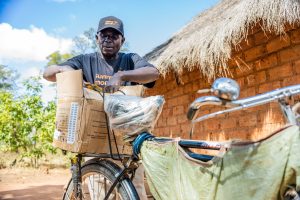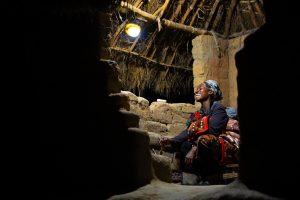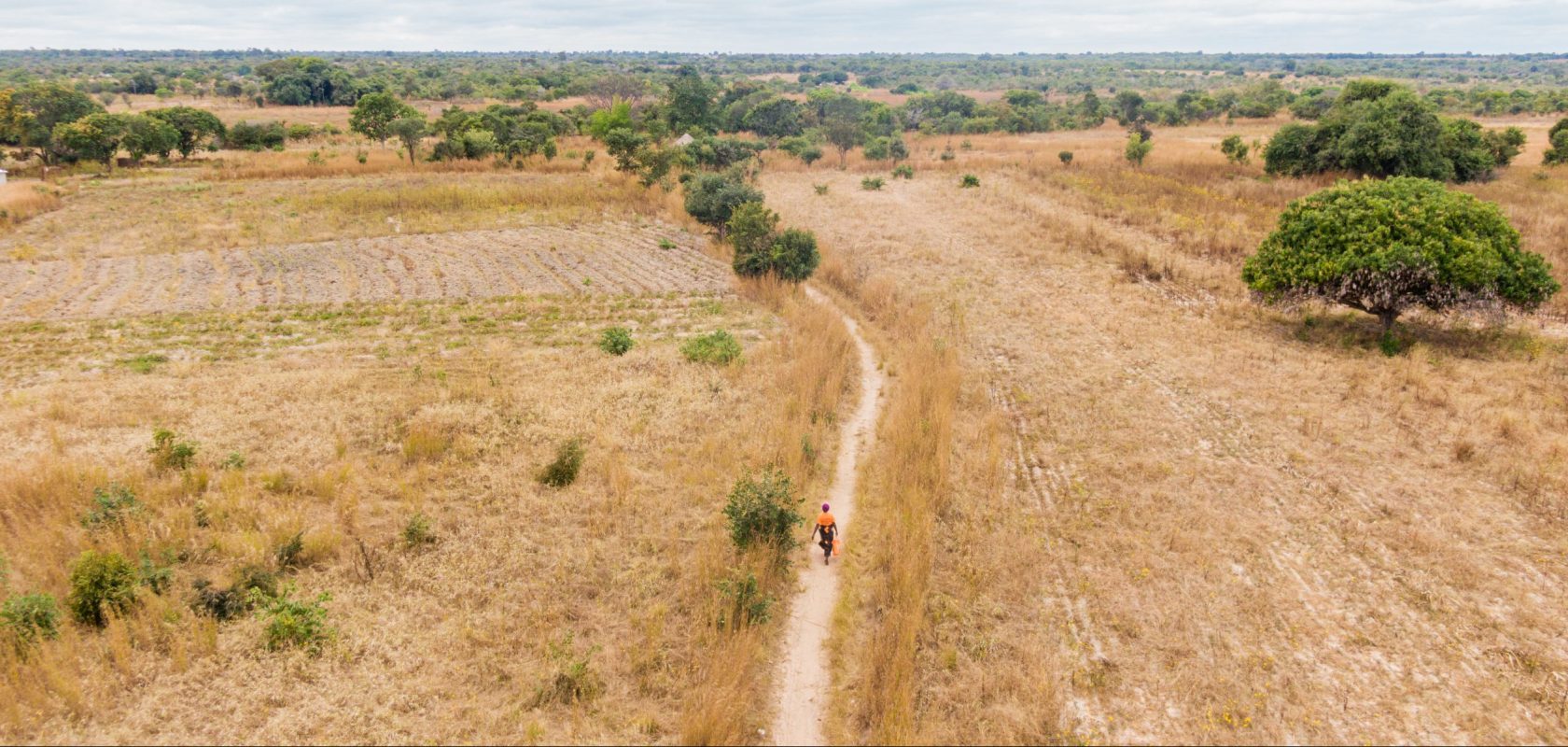The cost of getting solar energy to those that need it most is rising – but we believe it’s worth it.
SolarAid was established in 2006 to combat poverty and tackle climate change. Since then, our supporters have enabled us, together with our award winning social enterprise SunnyMoney and our partners, to distribute over 2.3 million solar lights within communities living without access to electricity across sub-Saharan Africa.
In carrying out this work, we have also helped catalyse solar markets, such that millions more solar lights and systems are now being made available to help light and power homes across the continent than ever before. We are proud of this. We are also thankful to our supporters, without whom this would not have been possible.
However, the job is not done. The reality is many of the poorest households and communities struggle to afford the solar solutions now on offer. Schools and health facilities remain without access to electricity. The most vulnerable are still not part of this solar revolution. Business as usual is not reaching this section of society and a gap is forming between those with access to solar power and those without.

Remote Agent Penny Mupeta loading stock of lights on his bicycle for distribution in Serenje, Zambia. SolarAid/Jason Mulikita.
At SolarAid, we are launching a new strategy which is addressing the gap. This means that we are shifting focus from sales in quantity to finding ways to bring solar light and power to even more remote places and reach even poorer communities. It means that we need to innovate and develop more inclusive models, so that no one has to be without access to clean, safe light and power at home and within the wider community.
These models can’t just be theoretical, we need to prove that the poorest and remotest families can be reached. Real on-the-ground projects that provide evidence that even a business based approach is viable, and of course show big impact on the lives of people currently living with electricity.
We cannot do this work alone. That is why we will step up our efforts to work with partners across the continent and share the solutions we create to help ensure that everyone has access to solar light and power within their community, no matter where they live. Alongside this, we will bring the working models, based on practical on the ground work, backed with evidence that others can scale.

Our new strategy prioritises reaching those that are the hardest to reach, so no one is left behind. SolarAid/Jason Mulikita.
With the world facing the combined threat of the climate and energy crisis, never has it been more important to bring solar light and power to the world’s poorest, most vulnerable communities. Our latest research shows that, when people have access to a solar light, they are able to make greater cost savings than ever before. It is crucial, therefore, that low income, vulnerable, populations have this opportunity. The opportunity to save. The opportunity for a better life. The opportunity to build greater resilience against the ever increasing threats of the climate crisis.
But this also means that the cost for us to use the strategy to maximum effect, to bring solar light and power to those who need it the most, is increasing significantly. And it’s important for us to be transparent with our supporters about what your donation enables us to do.

Customer Sylvia Kalaba using lights in Kundamfumu, Mansa, Zambia. SolarAid/Jason Mulikita.
Those of you that have known SolarAid well over the years will notice the amount it costs us to reach someone with a solar light has changed. In the early years of innovating, it was about £20 for every light distributed. Over time it dropped as we scaled to £3 per light and then increased to £4. Over the next three years this will increase back up to £15, as we invest in innovation, push our teams to go to even more remote locations, and seek to share our learning beyond the countries we operate in.
£15 to reach a family with a solar light that will change their lives in an instant and help us move closer to our mission of lighting up every home, clinic and school in sub-Saharan Africa. We think it’s worth it. I hope you do too.
We can only do this with your support. Thank you.
Join our community fighting poverty and climate change, one solar light at a time.
